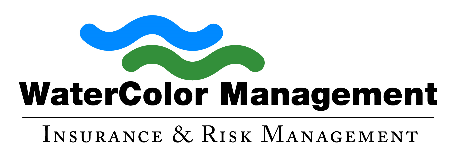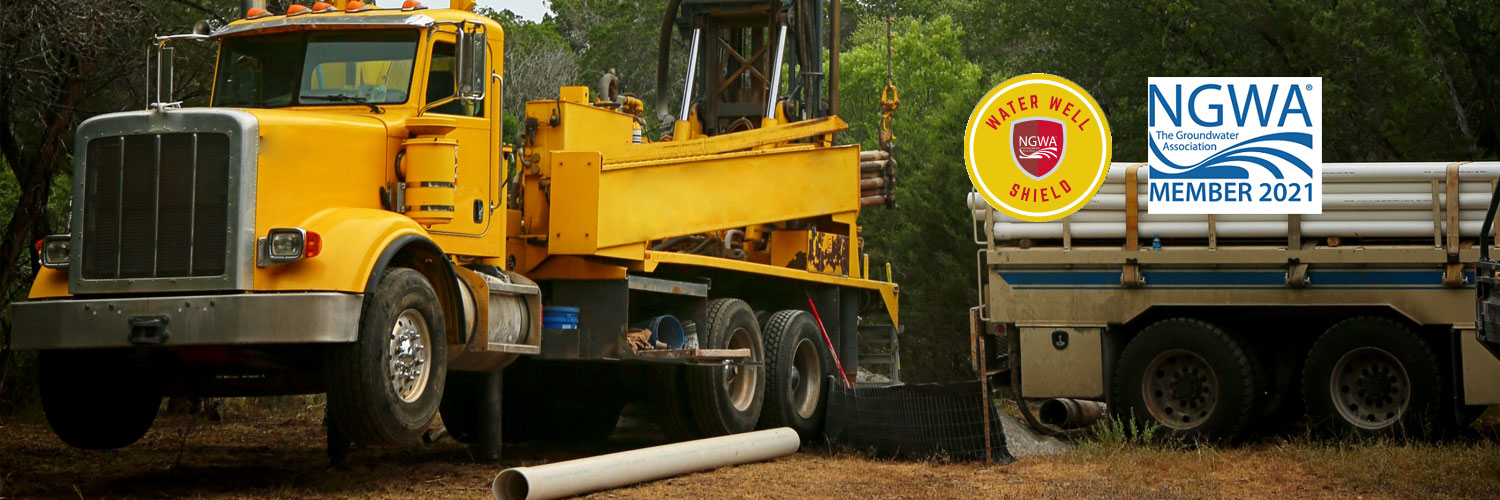
Groundwater drilling can help locate the fragmented and challenging area below the earth while also locating valuable resources. These methods vary in the level of environmental damage incurred, but safe methods typically involve directional drilling. It typically entails drilling through groundwater at an angle to access an oil well below. It is more efficient than many other oil extraction methods, and more importantly, it is less damaging to the environment. Still, there are liabilities involved that make groundwater drilling insurance a necessity.
Why You Need Groundwater Drilling Insurance
Find out why you need groundwater drilling insurance if you manage one of these projects.
How Groundwater Drilling Works
If you’re wondering what groundwater drilling entails, you should first understand the process. The process rolls along in a timely manner to ensure productivity and consistency. Once an operator drills through the groundwater and accesses the oil below, they manipulate the drill to access multiple reservoirs. Groundwater drilling offers because it optimizes the overall efficiency of the process. Additionally, it makes it easier to access the maximum amount of oil with minimal effort.
Why It’s Better Than Other Methods
This form of drilling can significantly minimize the detrimental impact on the environment. Also, the process allows people to access multiple oil reservoirs through a single well, dramatically reducing groundwater pollution. The more drilling involved, the higher the likelihood of groundwater contamination. Thus, directional drilling is an ideal option for minimizing this risk. It also reduces the opportunity for fracturing rock formations, another potential culprit of groundwater contamination.
What Liabilities Are There
Contamination of groundwater isn’t the only liability involved in directional drilling. There are plenty of other hazards that are associated with oil drilling, too. Safety experts recommend that all drilling projects have first aid-trained personnel on-site to prevent fatalities in an accident. Drill rigs are incredibly dangerous. Thus, a single mistake can cost a crew member their life. It is why every team must commit to stringent safety standards.
How to Protect Against Drilling Liabilities
Safety standards are just one component of accident prevention on a drill site. You should also conduct preventative maintenance on all equipment to ensure that it’s safe to operate. Team leaders should also survey the drill site before the project and identify potential hazards that may complicate the task. Even with these precautions, it’s possible that an accident can happen, so it’s best to invest in a an insurance plan that can relieve some stress.
About Watercolor Management
Watercolor Management has insured the water industry for over 30 years. Our policies include unlimited defense cost coverage in the event of a lawsuit against you. Contact us by calling us at (855) 929-0824 or email info@watercolormanagement.com for a quick quote for your Water Business Professional, Products/Completed operations, Pollution and General Liability Insurance.




